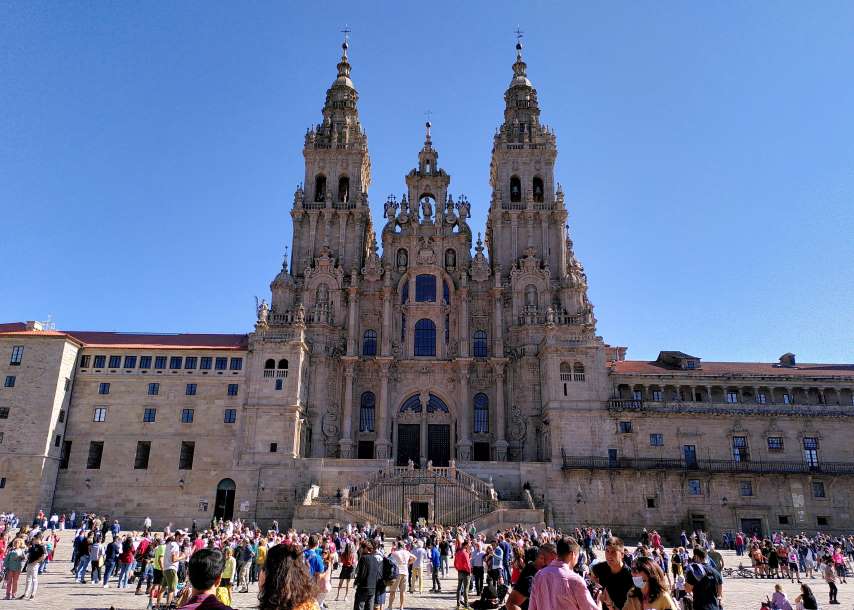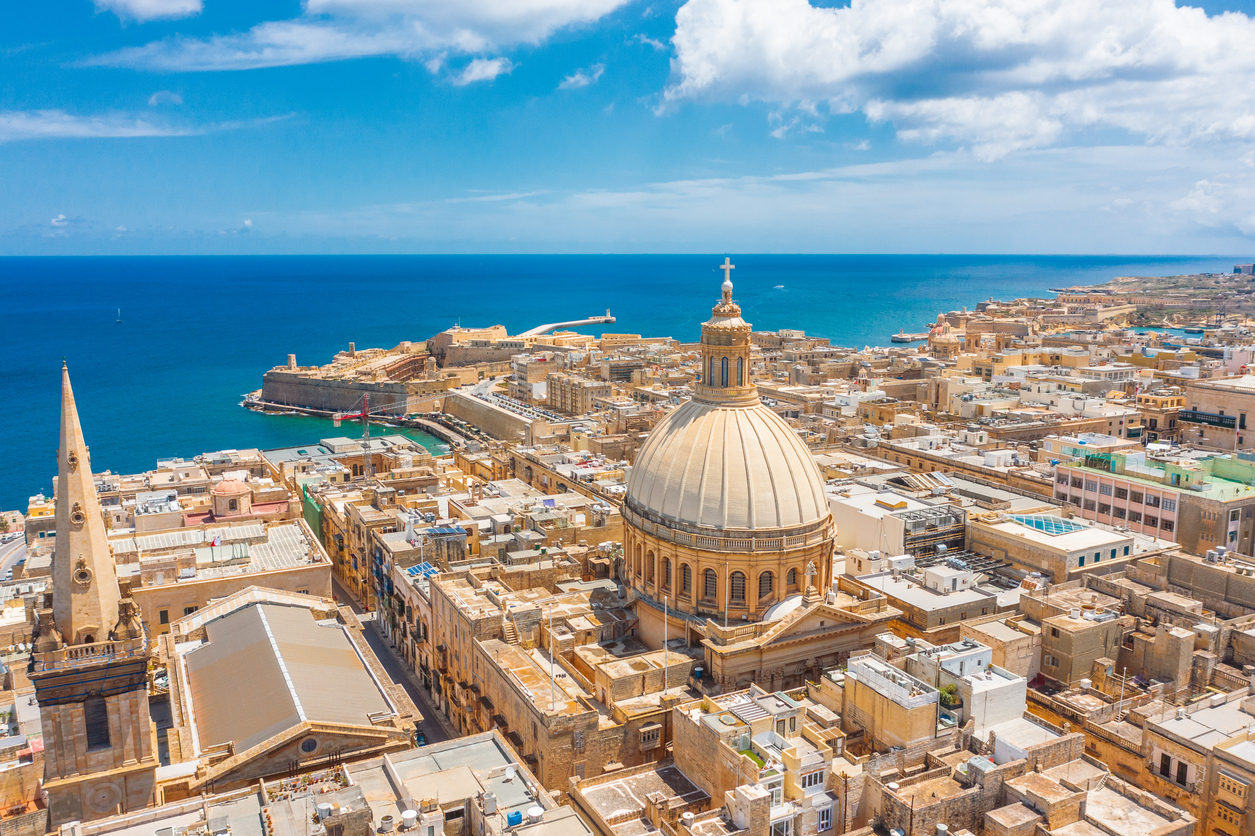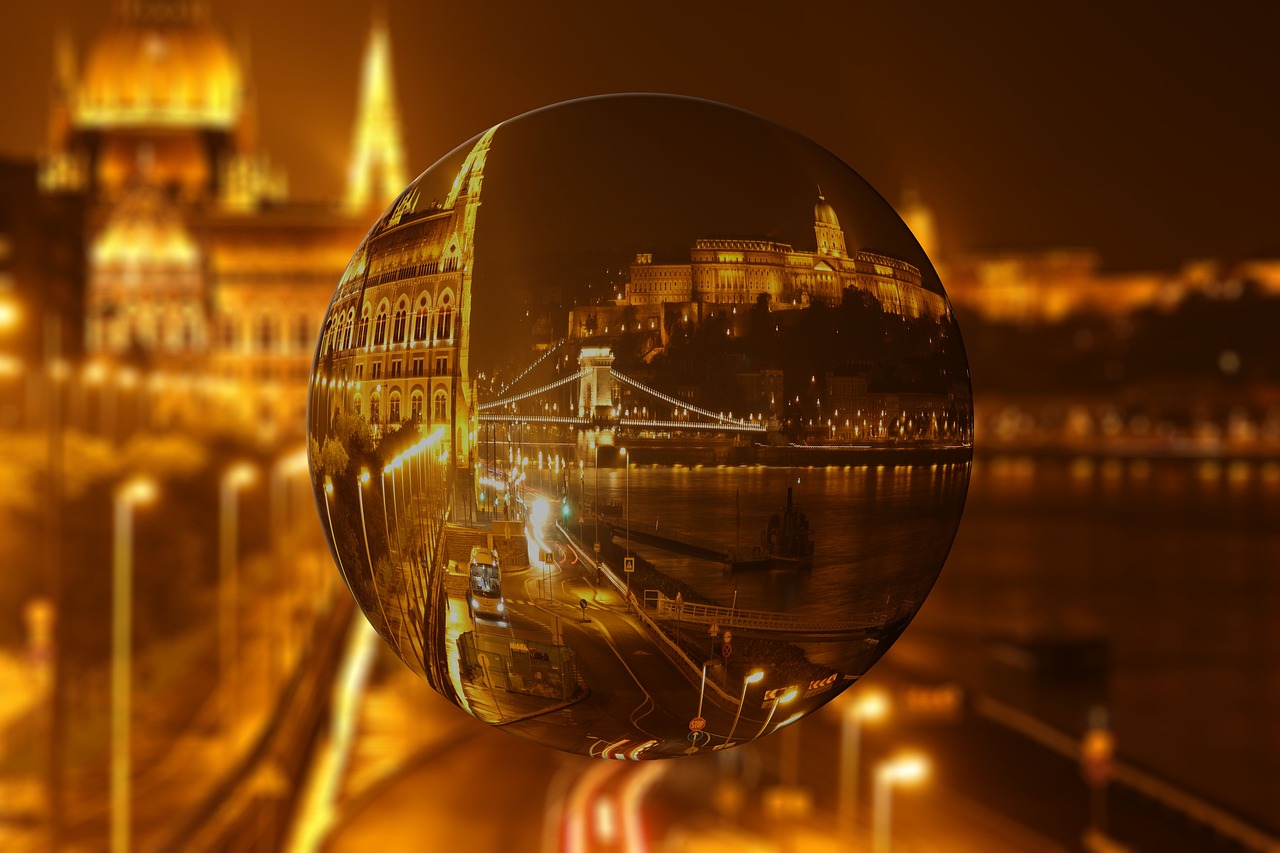The Camino de Santiago, a network of ancient pilgrimage routes leading to the shrine of St. James in Santiago de Compostela, Spain, has become a renowned destination for those seeking a transformative journey. The walks along these historic paths offer more than just a physical challenge; they weave together spirituality, self-discovery, and cultural exploration. Pilgrims from diverse backgrounds embark on this trek, traversing picturesque landscapes, rustic villages, and medieval towns. This is my guide about how to Plan the English Way of Camino de Santiago, the last 100 kilometers.
Why the last 100 km?
Walking the Camino does not have strict regulations. To be eligible for the Compostela, a certificate granted by the Pilgrim’s Attention Office in Santiago, a minimum of 100 km must be covered on any Camino de Santiago route, with the final destination being Santiago de Compostela. The completion of the Camino is validated through a Credential, also known as a pilgrim’s passport, which must bear stamps obtained from various places such as albergues, churches, restaurants, and other stops along the journey.
Two stamps per day for the last 100 km
To qualify for a Compostela certificate, individuals must secure two stamps each day for the final 100 km of their journey on the Camino to Santiago, regardless of whether they cover the entire route or just the last 100 km. Obtaining these stamps is relatively straightforward on well-traveled Camino routes, with pilgrims typically receiving one stamp at their accommodation (albergue or hotel) and another at a local restaurant, cafe, or bar. Numerous establishments along the Camino provide stamps, and in areas like the route from Sarria (Camino Frances), pilgrims can amass multiple stamps in a single day by frequenting various restaurants and cafes. On less frequented routes, individuals may opt to stamp their Credential at the same albergue or hotel during both check-in and check-out.
How to get your Compostela in Santiago?
To obtain your Compostela in Santiago, start by visiting the Pilgrim’s office. Upon arrival, proceed to the waiting area and obtain a ticket with your designated number. The ticket features a QR code enabling you to monitor the current queue status in real time, although during periods of high traffic, the same-day collection of the Compostela cannot be guaranteed. You have the option to remain in the waiting area until your turn or leave and return at the appropriate time, with the suggestion to come back at least 50 numbers before your assigned one to ensure you do not miss your turn.
How many Camino de Santiago certificates are?
- Pilgrimage souvenirs.
- The Compostela. ( I am going for this one)
- Welcome certificate.
- Certificate of distance.
- Cathedral visit certificate.
Camino Inglés from Ferrol, 116 km

- Overall distance – 116 kilometers or 72 miles
- Duration – 5 to 6 days
- Commencing point – Ferrol; note that there is an alternative route from A Coruña to Santiago, but it spans less than 100 kilometers.
- Average expenses – Approximately 25-30 Euros per person per day
- Popularity rating – Rated 2 out of 5
One of the remarkable aspects of traversing the English Way is the opportunity to cover the entire Camino. As the shortest route culminating in Santiago de Compostela, it serves as an ideal choice for individuals seeking to complete the final 100 kilometers while avoiding the bustling crowds often encountered on more popular Camino routes. Pontedeume and Betanzos emerge as particularly captivating locations along the English Way, featuring enchanting historical centers, quaint cobbled streets, and delightful street cafes.
Camino Ingles Stages
- Day 1 – Ferrol to Pontedeume, 28 km – Accommodation recommendation
- Day 2 – Pontedeume to Betanzos, 23 km – Accommodation recommendation
- Day 3 – Betanzos to Hospital de Bruma, 25 km – Accommodation ( does not accept online bookings)
- Day 4 – Hospital de Bruma to Sigüeiro, 24 km – Accommodation recommendation
- Day 5 – Sigüeiro to Santiago de Compostela, 16 km – Accommodation recommendation
Weather
The weather in Galicia, Spain, is characterized by its maritime influence and Atlantic climate. Winters tend to be mild and relatively cool, with temperatures rarely dropping to freezing levels. However, the region experiences frequent rainfall during this season. Summers are generally moderate, with temperatures ranging from pleasantly warm to cool, and the coastal proximity helps to keep extreme heat at bay. Spring and autumn bring a mix of mild temperatures and occasional rain, showcasing the lush green landscapes for which Galicia is known. Fog is not uncommon, especially along the coast, adding a mystical and atmospheric touch to the region’s weather. Overall, the climate in Galicia is conducive to the region’s rich vegetation and contributes to its picturesque, verdant scenery.
What to eat on Camino Ingles?
The Camino de Santiago offers a diverse culinary experience as pilgrims traverse different regions of Spain. Here are some traditional foods to try along the Camino Ingles:
Ferrol
- Polbo a feira (Octopus)
- Pementos de Padrón (fried peppers from Padrón)
- Queixo (cheese)
Pontedeume
- Costrada de Pontedeume
- Proia (Pontedeume Style Cake)
Betanzos
- Tortilla de Betanzos (Omelette)
- Cabbage of Betanzos
Santiago de Compostela
- Salpico de Mariscos
- Scallops au Gratin
- Broth of Turnip Greens
- Tarta de Santiago
FAQ
How long does it take to walk the Camino Ingles?
The Camino Inglés typically takes around 5 to 6 days to complete, covering approximately 116 kilometers. The starting points are usually Ferrol or A Coruña in Galicia, Spain. Walkers can expect to cover a moderate daily distance of 20 to 25 kilometers, making it one of the shorter but rewarding routes to Santiago de Compostela. The duration can vary based on individual walking pace, starting point, and personal preferences.
Is the Camino Ingles difficult?
The Camino Inglés is generally considered to be a moderately challenging route. While it is one of the shorter Camino routes, spanning around 116 kilometers, it still involves varied terrain, including hills and coastal paths. The difficulty can also depend on factors such as weather conditions, individual fitness levels, and the chosen starting point (Ferrol or A Coruña). Overall, with proper preparation and a moderate level of physical fitness, many pilgrims find the Camino Inglés to be a manageable and rewarding journey to Santiago de Compostela.
Is the Camino Ingles beautiful?
Yes, the Camino Inglés is renowned for its scenic beauty. Pilgrims on this route are treated to picturesque landscapes, charming coastal views, and historic towns with distinct architecture. The path passes through rural areas, offering a serene and peaceful environment, and pilgrims often find the beauty of the Galician countryside to be a highlight of their journey. Additionally, coastal sections along the route provide stunning vistas of the Atlantic Ocean. Overall, the Camino Inglés offers a visually appealing and culturally rich experience for those seeking both natural beauty and historical charm along their pilgrimage to Santiago de Compostela.
Why is it called Camino Ingles?
The Camino Ingles, or English Way, got its name from the historical connection between England and the port cities in northern Spain, particularly Ferrol and A Coruña. During the medieval period, pilgrims from the British Isles often arrived by sea at these ports to embark on the Camino de Santiago. The term “Inglés” (English) was used to describe these pilgrims, and over time, the route they took became known as the Camino Ingles. While the majority of modern pilgrims come from various countries, the historical association with English-speaking pilgrims has persisted in the name of this Camino route.
Is it expensive to walk the Camino?
The cost of walking the Camino de Santiago can vary widely based on personal preferences, choices, and travel styles. Generally, the Camino is considered to be a more budget-friendly pilgrimage compared to other travel experiences.
Is it safe to walk the Camino alone?
Walking the Camino de Santiago alone is generally considered safe, and many solo travelers undertake the journey without major issues. The Camino is a well-traveled route with a strong sense of community among pilgrims.
What are the Albergues on the Camino Ingles?
The Camino Inglés, like other Camino de Santiago routes, features a network of albergues (pilgrim hostels) where pilgrims can find accommodation. Albergues along the Camino Inglés may vary in terms of facilities, size, and services provided. Here are a few albergues along the Camino Inglés:
- Albergue de Peregrinos de Neda: Located in the town of Neda, this albergue provides a basic and affordable accommodation option for pilgrims.
- Albergue de Peregrinos de Pontedeume: Situated in the town of Pontedeume, this albergue offers facilities for pilgrims passing through this historical town.
- Albergue de Peregrinos de Betanzos: In Betanzos, pilgrims can find an albergue providing a place to rest and connect with other walkers.
- Albergue de Peregrinos de Bruma: Located in Hospital de Bruma, this albergue is a common stop for pilgrims on the Camino Inglés.
- Albergue de Peregrinos de Sigüeiro: Positioned near Santiago de Compostela, this albergue is one of the final stops on the Camino Inglés.
Where do you fly into for Camino Ingles?
For those planning to walk the Camino Inglés, the two main airports commonly used as entry points are A Coruña Airport (LCG) and Santiago de Compostela Airport (SCQ), both located in the Galicia region of Spain. The choice of airport depends on the pilgrim’s preference and the specific starting point on the Camino Inglés.
Camino Haks & Tips
Follow this YouTube Channel for great Camino Haks & Tips.
Camino Ingles guidebooks
A Pilgrim’s Guide to the Camino Inglés: The English Way also known as the Celtic Camino: Ferrol & Coruña ― Santiago by John Brierley
Camino Inglés: Ferrol to Santiago on Spain s English Way (Village to Village Map Guide)
Subscribe to Travel Story Post for any upcoming updates from my Camino de Santiago walk.



